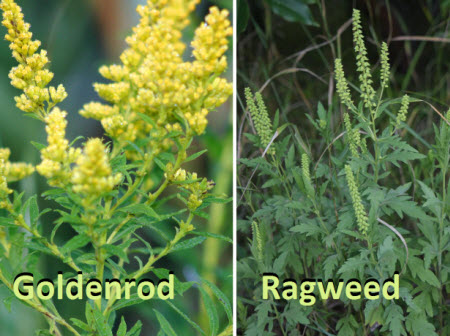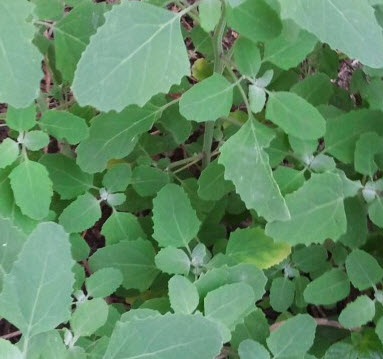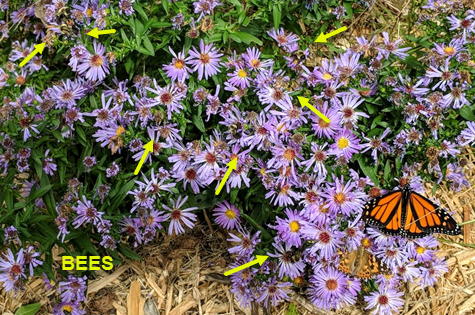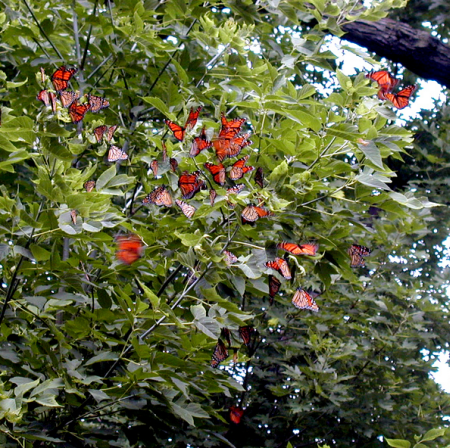Click below to listen to my 2 min. Garden Bite radio show/podcast: Fall allergies and monarch migration
Tis the allergy season.

Ragweed, often confused with Golden Rod, is blooming now.

Elm and something called chenopods are in the medium range right now. Chenopod is a type of weed like amaranth, lambs quarters and pigweed.

Late blooming perennials are peaking right now and the bees and butterflies are ALL over them. I’ll take the sniffles if I can have some Painted Lady butterflies! They’re on my sedums and chives I let go to flower.

Monarch butterflies are out and about, although not as abundantly this year.
They will be heading out soon to winter in Mexico! THAT sounds like a great plan to me! Although I’m pretty sure the monarchs aren’t thinking about sinking their toes in a nice sandy beach and sipping a margarita!

Monarchs migrate from Mexico to Canada in Spring and then head south in the Fall. I talked about the Monarch highway a couple of weeks ago. Humans have really messed with our pollinators but we’re now much more aware and are making inroads. 2022 might be an anomaly (I’m hoping) due to our lousy weather, but we have to wait and see.
Monarchs migrate alone but they roost together at night. Depending on when they’re born, monarchs longevity varies.
Monarchs live just 2 to 6 weeks during the summer months but during migration they can live from August to April.
Monarchs go through 4 or 5 generations each year, and only one of these migrates. The migratory generation is the last one of a year, so it is probably the largest generation.

